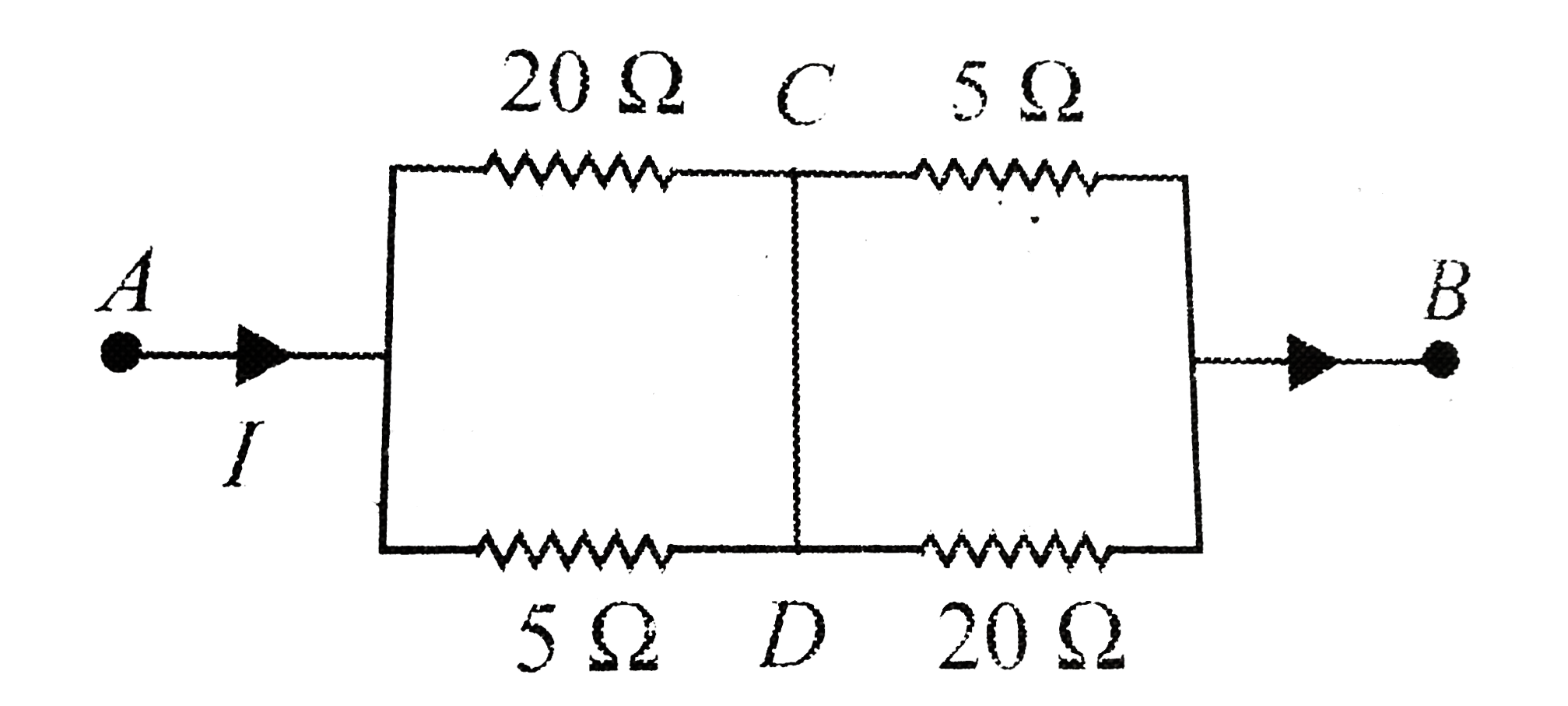Resting membrane potential is maintained by
hormones
neurotransmitters
ion pumps
None of these
To answer the question regarding what maintains the resting membrane potential, we can break down the solution into the following steps:
1. Understanding Resting Membrane Potential:
- The resting membrane potential is the electrical potential difference across the cell membrane when the cell is not actively sending signals. It is typically around -70 mV in neurons.
2. Role of Ion Gradients:
- The resting membrane potential is primarily determined by the concentration gradients of ions, particularly sodium (Na+) and potassium (K+), across the cell membrane.
3. Active Transport Mechanism:
- The maintenance of these ion gradients is achieved through active transport mechanisms, which require energy (ATP) to move ions against their concentration gradients.
4. Sodium-Potassium Pump:
- The main active transport mechanism responsible for maintaining the resting membrane potential is the sodium-potassium pump (Na+/K+ pump). This pump actively transports:
- 3 sodium ions (Na+) out of the cell.
- 2 potassium ions (K+) into the cell.
- This results in a net loss of positive charge from the cell, contributing to the negative resting membrane potential.
5. Conclusion:
- Therefore, the resting membrane potential is maintained by ion pumps, specifically the sodium-potassium pump.
Final Answer:
The resting membrane potential is maintained by ion pumps.
- The resting membrane potential is the electrical potential difference across the cell membrane when the cell is not actively sending signals. It is typically around -70 mV in neurons.
- The resting membrane potential is primarily determined by the concentration gradients of ions, particularly sodium (Na+) and potassium (K+), across the cell membrane.
- The maintenance of these ion gradients is achieved through active transport mechanisms, which require energy (ATP) to move ions against their concentration gradients.
- The main active transport mechanism responsible for maintaining the resting membrane potential is the sodium-potassium pump (Na+/K+ pump). This pump actively transports:
- 3 sodium ions (Na+) out of the cell.
- 2 potassium ions (K+) into the cell.
- This results in a net loss of positive charge from the cell, contributing to the negative resting membrane potential.
- Therefore, the resting membrane potential is maintained by ion pumps, specifically the sodium-potassium pump.
The resting membrane potential is maintained by ion pumps.
Topper's Solved these Questions
- BOOK - NCERT EXEMPLAR ENGLISHCHAPTER - NEURAL CONTROL AND CO-ORDINATIONEXERCISE - VERY SHORT ANSWER TYPE QUESTIONS11videos
NEURAL CONTROL AND CO-ORDINATION
- BOOK - NCERT EXEMPLAR ENGLISHCHAPTER - NEURAL CONTROL AND CO-ORDINATIONEXERCISE - SHORT ANSWER TYPE QUESTIONS6videos
NEURAL CONTROL AND CO-ORDINATION
- BOOK - NCERT EXEMPLAR ENGLISHCHAPTER - MORPHOLOGY OF FLOWERING PLANTSEXERCISE - Long Answer Type Questions8videos
MORPHOLOGY OF FLOWERING PLANTS
- BOOK - NCERT EXEMPLAR ENGLISHCHAPTER - PHOTOSYNTHESIS IN HIGHER PLANTSEXERCISE - Long Answer type Question13videos
PHOTOSYNTHESIS IN HIGHER PLANTS
Similar Questions
Knowledge Check
- Question 1 - Select One
A typical value of resting membrane potential is
A−100mVB−70mVC−40mVD−60mV
Resting membrane potential and Action potential
View SolutionThe ionic gradients across the resting membrane are maintained by the
View SolutionWhat is a typical value for the resting membrane potential of a neuron?
View SolutionSodium pump , polarised membrane , resting membrane potential , threshold stimulus
View SolutionAn action potential is initiated each time the membrane potential is raised to .............. potential.
View SolutionIn an experiment to measure the membrane potential of a living plant cell micro-electrodes are placed inside and outside the cell. The membrane potential is measured to be 120 mV and a current of 1.5 nA flows through the membrane .Assume that the current density in the cell is uniform.
The total area of the cell membrane is 2.0mm2 and its thickness is 12 μm.
(a) What is the current density in the membrane?
(b) What is the resistivity of the membrane ?View SolutionWhen some potential differece is maintained between A and B, current I enters the network at A and leaves at B
 View Solution
View Solution

